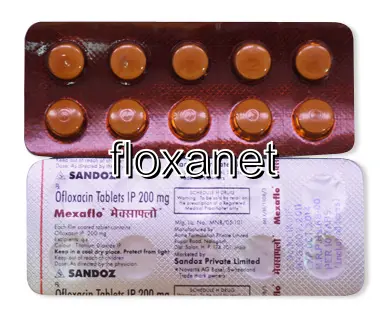| Package | Dosage | Price | Price per Dose | |
|---|---|---|---|---|
| Dosage: 100mg | ||||
| 360 pill | 100mg | $599.60 | $1.67 | |
| 180 pill | 100mg | $319.23 | $1.78 | |
| 120 pill | 100mg | $231.78 | $1.93 | |
| 90 pill | 100mg | $184.59 | $2.05 | |
| 60 pill | 100mg | $134.62 | $2.23 | |
| 30 pill | 100mg | $73.55 | $2.43 | |
| 20 pill | 100mg | $49.95 | $2.53 | |
| 10 pill | 100mg | $27.75 | $2.73 | |
| Dosage: 200mg | ||||
| 360 pill | 200mg | $780.04 | $2.17 | |
| 180 pill | 200mg | $396.95 | $2.21 | |
| 120 pill | 200mg | $277.59 | $2.32 | |
| 90 pill | 200mg | $219.29 | $2.43 | |
| 60 pill | 200mg | $156.83 | $2.61 | |
| 30 pill | 200mg | $83.27 | $2.79 | |
| 20 pill | 200mg | $58.28 | $2.91 | |
| 10 pill | 200mg | $30.52 | $2.98 | |
| Dosage: 400mg | ||||
| 180 pill | 400mg | $434.43 | $2.42 | |
| 120 pill | 400mg | $305.35 | $2.54 | |
| 90 pill | 400mg | $245.66 | $2.73 | |
| 60 pill | 400mg | $177.65 | $2.96 | |
| 30 pill | 400mg | $97.15 | $3.22 | |
| 20 pill | 400mg | $68.00 | $3.37 | |
| 10 pill | 400mg | $34.69 | $3.51 | |

Ofloxacin Description
Overview of Ofloxacin
Ofloxacin is a widely used antibiotic that belongs to the fluoroquinolone class of medications. It is prescribed to treat various bacterial infections, including urinary tract infections, respiratory infections, skin infections, and gonorrhea. Known for its broad-spectrum antibacterial activity, Ofloxacin effectively inhibits the growth of both gram-positive and gram-negative bacteria. Due to its efficacy, it is a common choice among healthcare providers for managing infections where bacteria are susceptible to its action.
Mechanism of Action
This medication works by interfering with the bacterial DNA replication process. Specifically, it inhibits the activity of bacterial DNA gyrase and topoisomerase IV enzymes. This disruption prevents the bacteria from multiplying and repairing, which ultimately leads to the bacteria's death. Since humans do not possess these specific enzymes, Ofloxacin selectively targets bacterial cells, making it generally safe for human use when administered appropriately.
Usage and Dosage
Ofloxacin is typically available in tablet form, and the dosage depends on the severity of the infection and the specific bacteria involved. Patients are advised to follow their healthcare provider’s instructions carefully. Usually, the medication is taken orally, with or without food, but it’s important to maintain consistent timing to ensure effective treatment. The course duration varies but should not be extended without medical guidance to prevent resistance development. In some cases, ophthalmic or otic solutions of Ofloxacin are used for eye and ear infections.
Advantages of Ofloxacin
One of the main advantages of Ofloxacin is its broad-spectrum activity, making it versatile in treating various infections. Its rapid action helps improve symptoms quickly, providing relief to the patient. Moreover, it is generally well-tolerated when used as prescribed. Because it can be taken orally, it offers convenience for outpatient treatment, reducing the need for hospitalization in many cases. The medication’s availability in different formulations allows for flexibility based on the infection type and location.
Potential Side Effects and Precautions
Although Ofloxacin is effective, it may cause side effects in some individuals. Common adverse reactions include gastrointestinal issues such as nausea, diarrhea, or abdominal discomfort. Some patients might experience dizziness, headache, or skin rash. In rare cases, more serious effects like tendonitis, tendon rupture, or nerve damage have been reported, especially in older adults or those on corticosteroids.
Patients with a history of adverse reactions to fluoroquinolones should avoid using Ofloxacin. It is crucial to inform the healthcare provider about existing medical conditions, especially tendinopathies, neurological disorders, or any history of seizures. Pregnant or breastfeeding women should consult their doctors before using this medication, as safety during pregnancy has not been fully established.
Drug Interactions and Safety Tips
Ofloxacin can interact with other medications, including certain antacids, blood thinners, and other antibiotics, which may affect its absorption or increase the risk of side effects. It is advisable to take Ofloxacin at least two hours before or after taking products containing aluminum, magnesium, or calcium. Patients are encouraged to stay well-hydrated while on this medication to minimize the risk of kidney complications. Adherence to the prescribed dosage and completion of the course are vital to prevent bacterial resistance and ensure full eradication of the infection.
